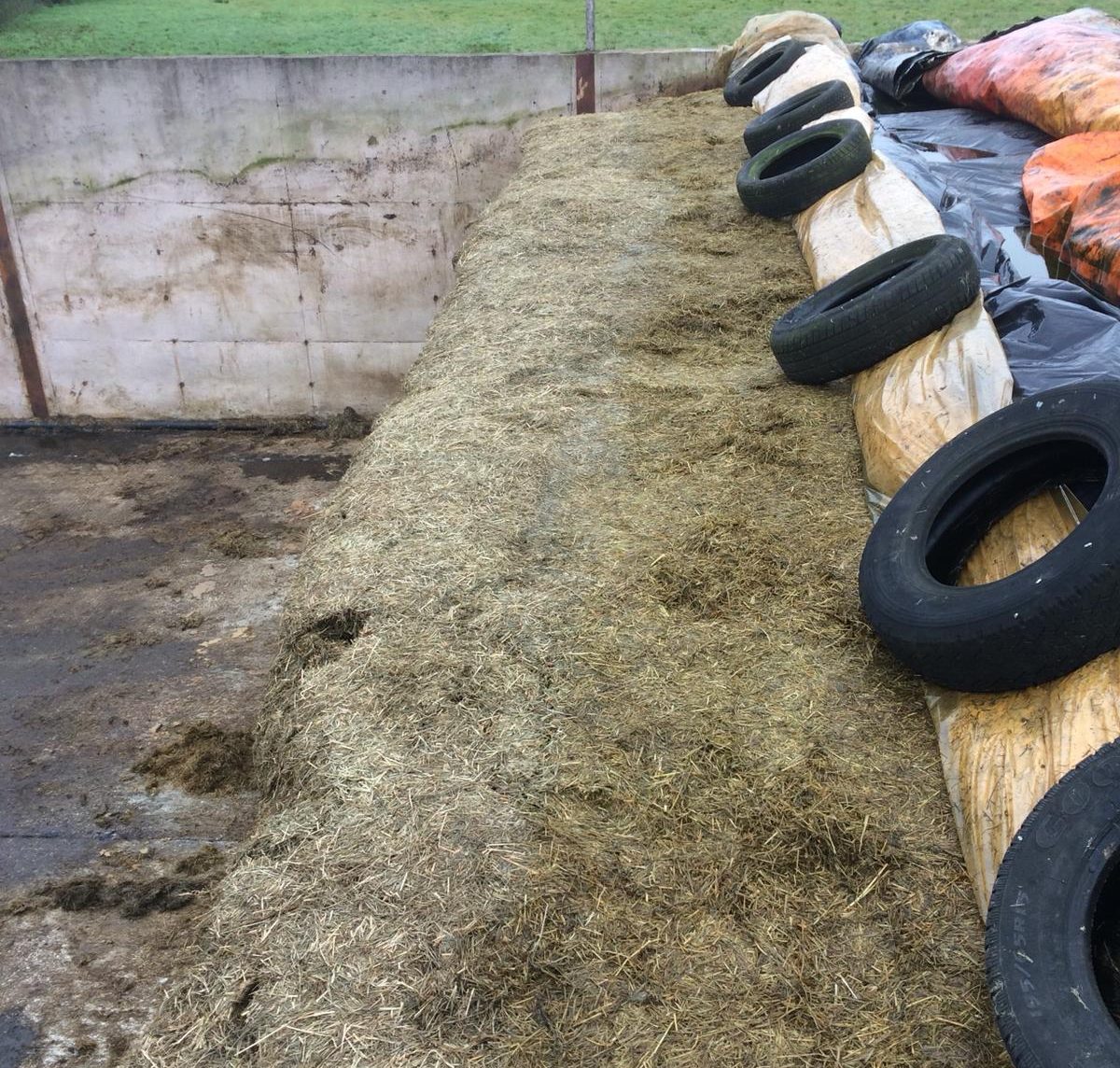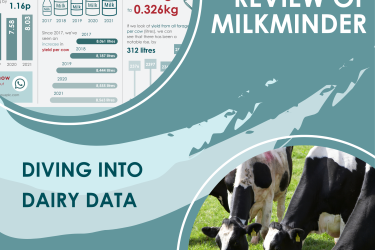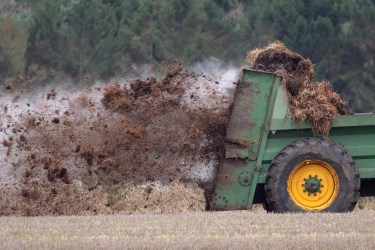By Lewis Graham
What does the average first cut silage look like? Recent results released by Trouw Nutrition confirm what can be an arguably expected result considering the extended and inconsistent harvest season.
While there are some very good quality first cuts, we can’t ignore the silages with low crude protein content and high NDF levels. This considerable range between crops has made it incredibly difficult to pinpoint where the ‘average’ farm sits.
In fact, I have a suspicion that you’re reading this now and are thinking either one of two things: ‘I’ve got great silage according to the analysis’ or ‘I’ve got a tough job ahead given the last silage analysis I had done!’.
‘I’ve got great silage’
If you have a boot firmly in the first camp, then take advantage. See this as an opportunity to address the quantity of concentrate feed that you have fed in the past and really impact your margin over feed cost. You only need to do the maths; every extra 0.5MJ in ME will deliver around 6MJ more energy, which is around the energy of 0.5kg of cereal.
Admittedly, the dry matter will need to be replaced if you remove 0.5kg of wheat from your ration so you’ll need plenty of silage in stock and your cows will need great access to feed. But given the current price of wheat, a 200 cow herd can save around £3500 over the winter period by following this simple process.
If your silage is cut early and higher in protein, it’s worth considering the research from the University of Nottingham that has proven that dairy diets are absolutely as productive at just below 16% crude protein. Reducing purchased proteins will benefit your margin over purchased feed and reduce the loss of ammonia into the atmosphere. A key factor today, helping to contribute to our commitment in the UK to greater air quality.
‘I’ve got a tough job ahead’
If you fit in the second camp, with silage lower in energy and higher in digestible fibre because you simply couldn’t get out there when it was raining back in May, then don’t panic. Your cows are going to have exceptionally healthy rumens and your milk solids are likely to benefit from this silage.
You may think that your cows are a bit sluggish, similar to us after a large Sunday lunch! You must remember though that all those rumen bugs need to begin to work their magic on all this fibre. To help them along the way they need a focus of rumen degradable starch and rumen degradable protein – the fantastic microbes will sort out the rest.
With all considered, it would be a good idea to focus on the market prices of wheat, rapemeal and biscuit meal.
So, what is the market doing?
The physical risk of sourcing material to UK farms is now greater than the financial risk. This is largely down to Covid-19 and the complications it brings around labour. That said, investment funds are neutral today and have the room to propel the market. Taking all into consideration, there seems little reason why a contract for winter wouldn’t be a logical decision.
The key takeaways
No matter where your silage sits on the quality scale, it’s time to take a proactive approach to ensure the crop works for you. Exploit your successes and address your weaknesses in order to improve your margins. By paying close attention to the detail and evaluating the opportunities, you can make the most of this year’s silage.
Our Farm Business Consultants are on hand to offer guidance and support when it comes to getting the best out of your clamp. For further details, get in touch today.








